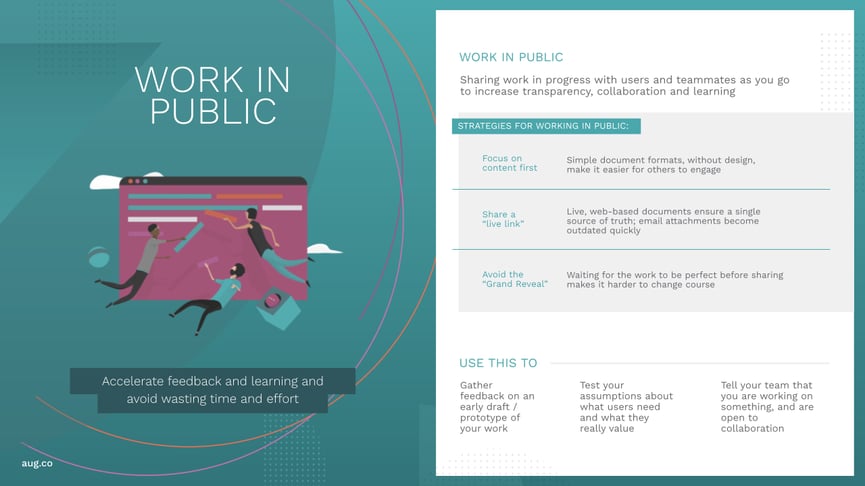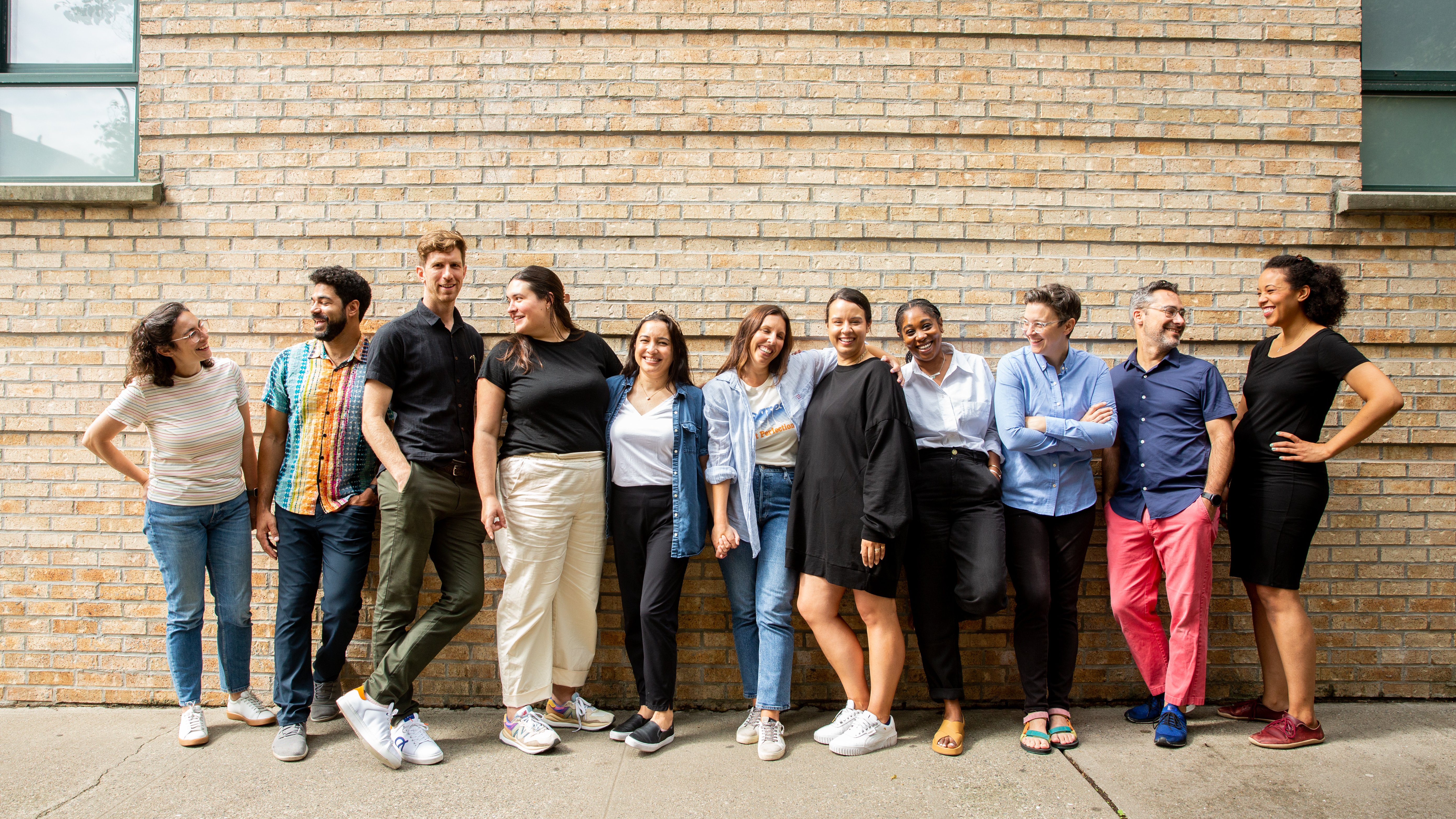Published February 18, 2021 | Updated August 17, 2024 | 4 minute read
According to a McKinsey study* from October 2020, organizations implemented changes to increase remote working and collaboration 43x faster than they expected, in an average of just 10.5 days compared to their previous estimation of 454 days. Before COVID-19, people used web-based work software as a necessity, while preferring to “take it offline” when possible. The forced, mass-adoption of online communication and collaboration tools, however, showed us that some tech solutions can actually make work better.
What did 2020 reveal about what is possible?
At the beginning of March 2020, we joined one of our clients for their annual global sales conference in Las Vegas. Days later the company cancelled all business travel, and within a week had closed its offices and instructed all employees to work from home. The move to remote working was sudden.
For many people, it’s been a long time since we’ve been able to work with our colleagues in person. Daily check-ins, weekly project updates, collaboration sessions, and strategic planning workshops have all moved online. Learning and training activities have moved online. Reviews and feedback moments have moved online. Team building and bonding activities have moved online.
There are some aspects of being in-person that have been irreplaceable. We miss the social connection, the unplanned creativity and cross-pollination of ideas, and being able to understand each other without a digital filter.
But, being forced to adopt online tools for communication and collaboration has also had its benefits. In most large organizations, it was common before the pandemic for some individuals to be remote while the rest of their team was physically colocated. Moving to all-remote helped to level the playing field and made it easier for all team members to feel equally included. We also saw teams become more critical of their meeting time. Teams became more focused on the purpose of every meeting, and adopted stricter agendas and processes.
When it came to learning and knowledge sharing, organizations traded bespoke in-person experiences for more scalable digital experiences. While online learning may not be able to provide the same level of depth, online learning can be more accessible, making it easier for more people to learn and contribute regardless of their location or role in the company.
Of course, new tech tools can’t solve problems by themselves. The people using the tools need to change their behaviors and habits, as well, in order to make the most of what the tools offer, seeing tools as enablers for better ways of working.
Putting it Into Practice
In 2019 a multinational pharmaceutical and life sciences company had made a commitment to a global rollout of Microsoft Teams. But, as in many corporations, it was hardly in use. People still preferred to get work done in hallway chats, phone calls and in-person meetings.
When COVID-19 restrictions forced everyone to work from home, there was genuine concern among leadership about how work would get done. Suddenly, Microsoft Teams came to life. One-to-one private email conversations moved to shared, open channels. Working documents moved from private desktops to shared online folders. Project management moved from cumbersome spreadsheets to web-based agile task-management tools.
Less than a year later, leaders credited the new ways of working enabled by these tech tools with unlocking speed, improving customer centricity, and increasing adaptivity across the organization.
Getting Started
Even before the pandemic forced everyone to work remotely, we observed common problems across many different client organizations. People received feedback too late in the process, leading to wasted time and stressful fire drills. People lacked transparency about teammates’ progress and individual priorities. People got stuck waiting for teammates to complete tasks while navigating competing schedules. And people put too much energy into trying to make work “perfect” before sharing it with key stakeholders.
Being unable to work together in person made these issues even worse.
One specific practice that we saw successful organizations embrace to avoid these problems was a practice we call Work in Public.
When everyone is relying on the same online collaboration tools, it becomes even more useful to ensure that everyone has easy access to the information they need to do their work.
Work in Public is a practice of sharing work as it is developed, rather than each person doing work separately and privately. Rather than waiting to share work and orchestrating a “grand reveal,” we share our work as we go.
Work in Public makes it possible for anyone to participate in the work, no matter what stage the work is in, no matter what time of day, no matter where they are located.
When teammates can see the progress their teammates are making, they can help each other make progress more quickly. We move faster, and accomplish more work in less time, with less wasted effort.

This is #2 of 5 shifts in our Playbook: New Ways of Working for 2021 and Beyond. Check out the rest of the practices here:


.jpg)







